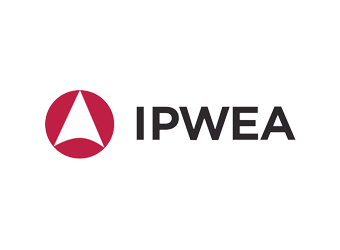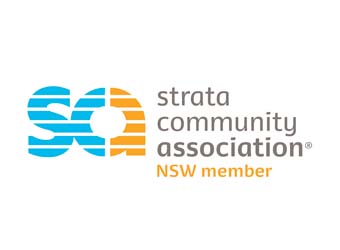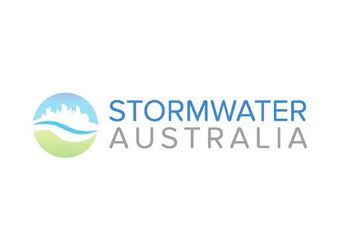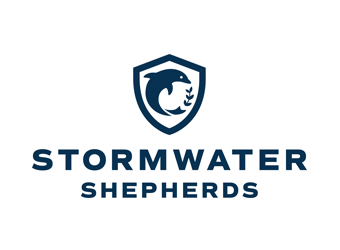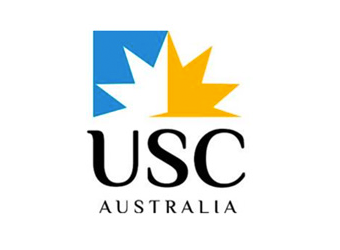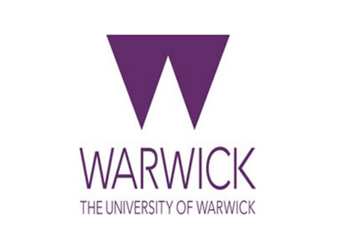What’s the Benefit of a Stormwater Utility?
A huge change swept the country in 2003 when new rules under the federal Clean Water Act took effect. Some larger US cities had already set up stormwater programs in the 1990s, when Phase I of the National Pollutant Discharge Elimination System (NPDES) went into effect to reduce water pollution. But in 2003, when NPDES Phase II came along, the number of cities required to have a stormwater program dramatically increased. Under NPDES Phase II, any city with a population of 50,000 or more and a density of 1,000 people per square mile had to have an NPDES Phase II permit. For many of these smaller cities, “stormwater management” had until that time consisted of little more than flood control, but the new regulations required them to address water-quality problems as well. Setting up individual stormwater programs posed many challenges, the largest of which was funding—how to pay for the additional staff, new infrastructure, and public education and outreach efforts that these new programs required?
Some cities—a few at first, but growing in number each year—opted to establish stormwater utilities to pay for their programs. A stormwater utility is essentially a special assessment district set up to generate funding specifically for stormwater management. Users within the district pay a stormwater fee, and the revenue generated directly supports maintenance and upgrade of existing storm drain systems; development of drainage plans, flood control measures, and water-quality programs; administrative costs; and sometimes construction of major capital improvements.
Stormwater utilities have been gaining ground over the last decade as a source of stormwater program funding. The first few stormwater utilities in the United States appeared in the early 1970s. By 1994, the Environmental Protection Agency (EPA) estimated that there were still only about 100 nationwide.
The advent of NPDES Phase II brought about many more of them. A 2013 survey identified 1,417 stormwater utilities, ranging from those in small communities with fewer than 100 residents to








